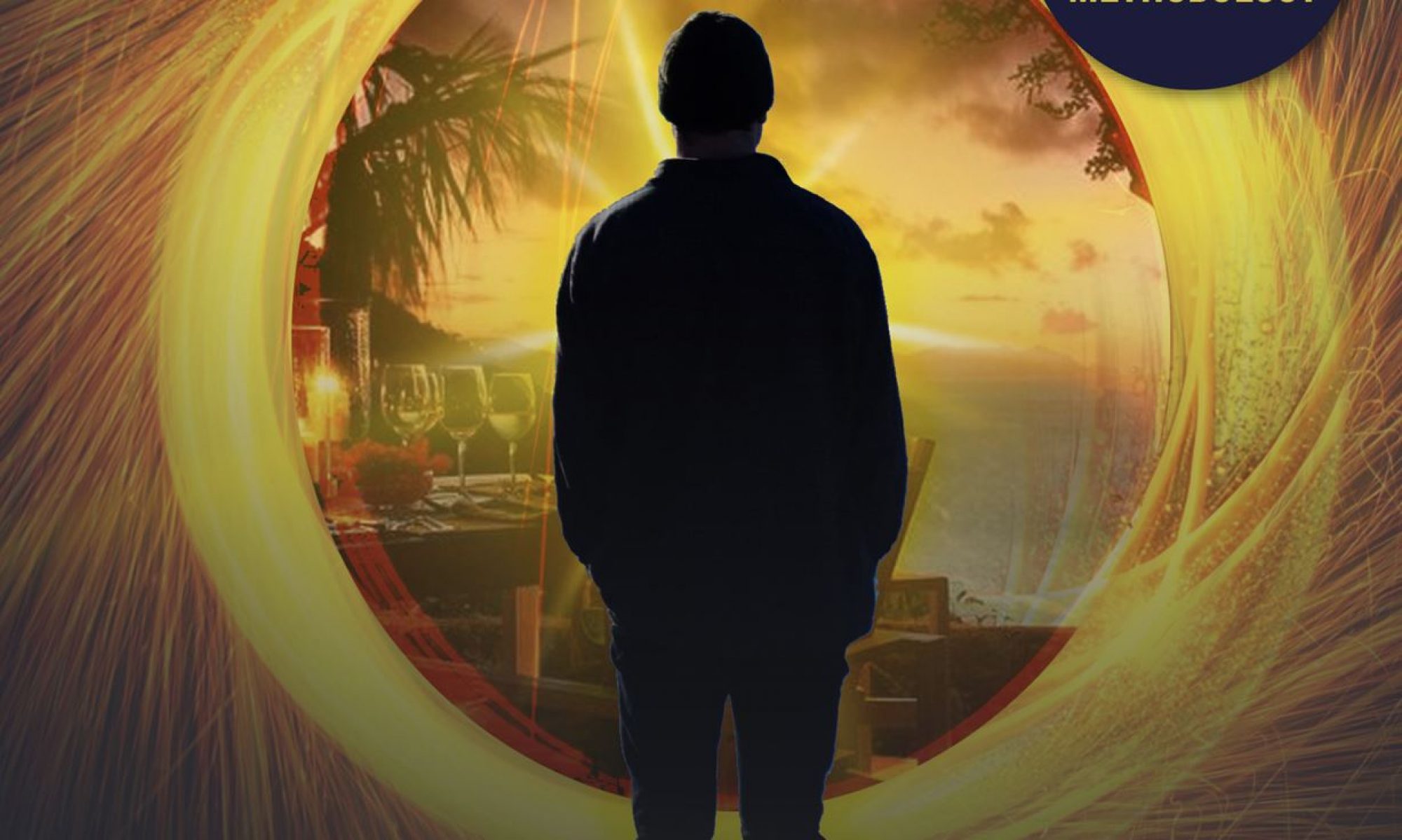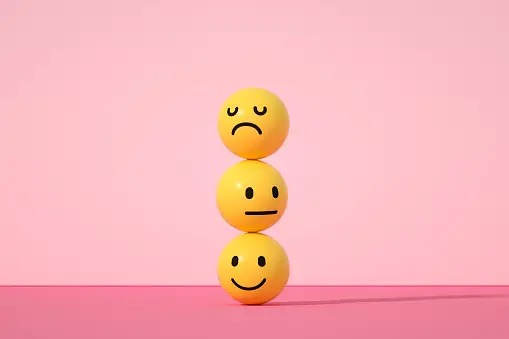This sounds strange. Emojies are usually just the opposite of productive. They are cute and funny and childish. Yet I will claim that in their own very strange way, emojis can be very productive.
A short history of emojis
Originally meaning pictograph, the word emoji comes from Japanese e (絵, ‘picture’) + moji (文字, ‘character’); the resemblance to the English words emotion and emoticon is purely coincidental. In 1648, poet Robert Herrick wrote, “Tumble me down, and I will sit Upon my ruins, (smiling yet:).” Herrick’s work predated any other recorded use of brackets as a smiling face by around 200 years. First emoticons were ASCII characters conveying various facial expressions via punctuation marks. Carnegie Mellon computer scientist Scott Fahlman is generally credited with the invention of the digital text-based emoticon in 1982.
In parallel and totally unrelated, Japanese chatroom culture in 1990s needed ways for shy teens to express what they feel. Designer Shigetaka Kurita is considered to be the founding father of today’s emojis. In 1999, NTT DOCOMO, a Japanese cell phone company, released a set of 176 emojis for mobile phones and pagers. The original emojis were black and white. Only in 1999 color was added, and emojis entered the mainstream. The mainstream standardized adoption of emoji can was a done deal in 2010 with the release of 994 characters in Unicode 6.0.
Words vs emoji
Today as you type on your keyword some words suggest translating into emoji. This translation feature is interesting because it is a built-in visualization device available everywhere. Notice that emojis are extremely easy to visualize, they are truly international and they may actually encode very complex feelings and ideas. There are multiple variations for some emojis, for example, varying in racial identity or a cat face, and enabling encoding of additional information.
As far as I am concerned, the most important emojis in umicode are facial expressions (U+1F60X-U+1F64x, U+1F92x) and hand signs (U+1F44x, U+1F91x). Each expression is not only intuitive, but also has a unique verbal equivalent. There are multiple ways to express each feeling though.
Emojis were built to convey very quickly confusing emotions, and definitely should be used as such in visualizations – for example in mindmaps, or as a detail in PAO. Objects are also allowed to have feelings.
Emergency emojis
A very different family of emoji provide a quick description of the potentially emergency scenario: food, vehicles, animals, electric appliances, and time. Notice that these icons are international, and can be used in the same way by multilingual people. For example, when I do things I can be thinking in English, Russian or Hebrew. And if music is playing I may drift to some other language. I really want to have my emergency tools ready for me without the need to switch languages. This is especially useful when traveling: buying food or looking for specific buildings. I do not really want to switch language for every trivial action.
This is a bit corny, but in every language, in addition to the actual language, I can use the same set of emoji and visual thinking.
Using when speechless
You might not believe but occasionally I am so overwhelmed by reading that I cannot even talk. This happens if I process around 200 articles in quick succession without a pomodoro break, or try to learn many words in a foreign language, or maybe if I do not sleep for more than 48 hours. In any case, I might find myself utterly burned out and speechless.
Each time this happens, until I recover, I can totally rely on emoji to help me with my communication needs. Even if I am in foreign country and do not speak the language.
Not enough emojis
The set of emojis is standardized. This means that it is a compromise between the needs of many people. Mostly Japanese natives. My personal needs are very specific. I may never need some symbols and I might not find some symbols that I need.
I suggest supplementing the list of emoji with road signs native to your country, advanced mathematical notation, selected brand symbols, body organs, country flags and named colors. None of these are likely to pass a standardization committee and yet I find them at least as useful as any other emoji.
Using non-standard emoji
Now if I can use non-standard emojis, I can convey very complex thoughts in a very simple way. For example, math symbols provide me with logical markers for deductive reasoning, and maybe also for other kinds of reasoning. I can use medical emoji to communicate physical needs, while emotional emoji cover psychological needs.
We do not need many non-standard emojis. After all, our thoughts tend to be pretty repetitive. Emojis can be combined with other logical markers, like numbers and letters in Latin, Greek, and Hebrew – representing more complex realities in form of equations. With emojies you can easily address physics and engineering and how they make you feel. For example, you may be frustrated that the prices of GPUs are rising due to the illegal activity of russian hackers. Not all of these words appear in the standard Unicode but most of them are provided by individual vendors. For example, if you search google image search for “GPU emoji” you immediately get several options.
Visual dictionaries
Emojis can be reused in multiple visualizations, typically as details of more complex compound visualization. You can put up to four emojis on any plain surface. Hence emojis are perfect for your visual dictionary. If you are not sure how to visualize something try searching google image search with that word and “emoji”. Also, consider the synonyms. It is typically OK to remember synonyms.
Sometimes your emoji search will surprise you. For example, if you search “gene emoji” you will not get something from genetics, but instead the Gene character from the Emoji movie. It is up to you if you want to use this character or create your own variation of GATTACA. DNA emoji works fine. However, you will need some extra effort to disambiguate it from RNA.
Try not to use search words that sound like brand names. Oxygen emoji search works fine, but chrome emoji is for google chrome. Use nickel instead or use the symbol in the periodic table.
How fast are emojis?
Being essentially simple details, placing emotions on any PAO or flat visualization is very fast. All you need is a large texture-less surface, and you can put four emoji (or less) on it. Thus I would argue that emojis are at least x4 faster to visualize than other words. They are already prefabricated in your visual dictionary and ready to go any time you need them.
Emoji can also be used to convey your personal opinion about the information you process without causing real multitasking which is incredibly useful but too advanced for this article. And the information encoded within can be very complex and abstract. So I would say that in terms of return on investment, emojis are the best visualizations you can use.

